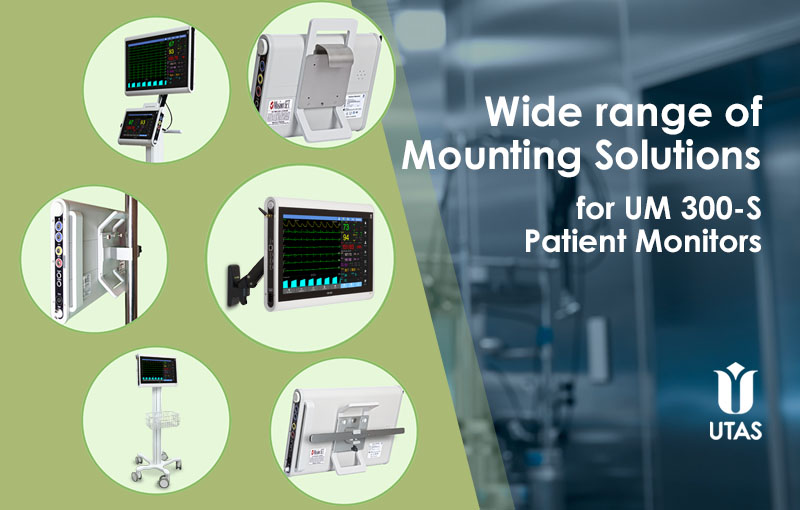
How to get more accurate anesthesia record, while reducing clinician’s routine? (VIDEO)
The more accurate the recorded information, the greater the likelihood that the care will be tailored to the patient’s safety and individual needs. One can postulate that the accurate recording of a patient’s responses to anesthetic interventions will lead to better patient outcome. Especially, as several published reports have shown, automated anesthesia records are more accurate than manual ones.¹²³
Exactly automated anesthesia record in UM 300-S Patient Monitors allows cliniсians to catalog actual events in the operating theater (OT), drugs administration, and the patient’s reactions to them (bleeding, bronchospasm, desaturation, etc.). As well as to register the correlated patient’s monitoring data: NIBP, HR, Temp, EtCO2, BIS™ and NMT.
Better ergonomics for the anesthesiologist
In the OR anesthesiologists need not only to assimilate multiple information inputs, but also to prioritize these to respond appropriately. Record keeping often represents a significant distraction from more immediate patient care needs.
In such circumstances the anesthesia record should be “delegated” to the patient monitor. This will allow the clinicians to pay more attention to the patient and priorities.
Moreover, there is agreement that anesthesiologists are better able to organize their intra-operative activities when automated record keeping is utilized.⁴
Features of the Anesthesia Record in UM 300-S Patient Monitors
• Recording events in OR, drugs, doses and patient’s reactions.
• Generating PDF reports based on automated anesthesia record.
• Ability to export the report and print it directly from the patient monitor.
• Infusion calculation based on patient weight, drug dose and infusion time.
• Ability to record comments and notes.
• Improved clinical records and patients’ data management.
• Possibility to analyze actual performing in OT after surgical procedures.
• Automatic recording of monitoring data into the card: NIBP, Temp, HR, BIS™, EtCO2, NMT.
Also, it should be noted that automated anesthesia records can be exported as a PDF report.

PDF Reports Generation
With PDF Reports feature in UM 300-S, you can generate reports based on monitoring data, save them to a USB drive or send them to print directly from the patient monitor.
Clinicians can use ready-made reports for detailed analysis, optimize the document flow in the clinic, keep important information in print format, or send data for consultation with colleagues.
Also, clinicians can generate reports on a layout with any healthcare provider’s letterhead.
References
1. Cook RI, McDonald JS, Nunziata E. Differences between handwritten and automatic blood pressurerecords. Anesthesiology. 71;385,1989.
2. Lerot JGC, Dirksen R, van Daele M, et al. Automated charting of physiologic variables in anesthesia: a quantitative comparison of automated versus handwritten anesthesia records. J Clin Monit. 4;37,1988.
3. Thrush DN. Are automated anesthesia records better? J Clin Anesth. 4; 386, 1992.
4. Weinger MB, Herndon OW, Gaba DM. The effect of electronic record keeping and transesophageal echocardiography on task distribution, workload, and vigilance during cardiac anesthesia. Anesthesiology. 87;144-55,1997.



